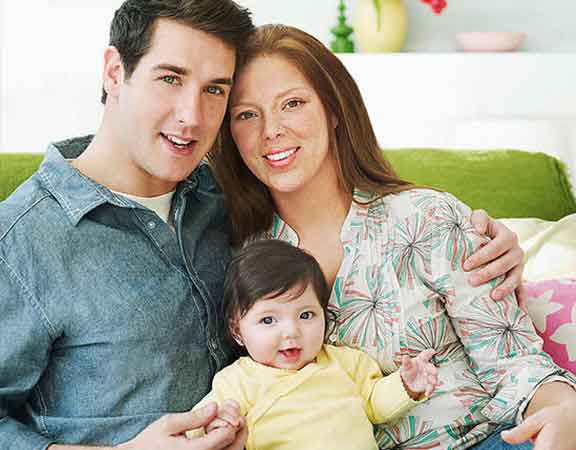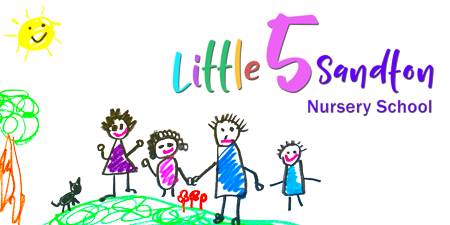We love to keep you informed and are constantly looking for ways to improve children’s lives.
Have a look at this really interesting article on where baby’s looks come from:
In the Genes: Where Baby’s Looks Come From
Once I got pregnant, my husband and I became obsessed with whom our baby would resemble. Jason weighed at 3.3 kilograms, and had a shock of black hair. We were positive he’d inherited my family’s average build and his dad’s thick mane.
While you can’t help but make predictions, you can never be sure what your little one will look like. “If we examined all a fetus’s DNA, we still wouldn’t be able to truly anticipate things,” says Barry Starr, Ph.D., geneticist in residence at The Tech Museum, in San Jose, California. “So much is unknown about genes.”
Even once Baby is in your arms and you’ve decided that he has your chin and Nana’s eyes, you don’t know how those features may change. Take my son, now 5. His face could be a clone of mine as a kid, and he’s at the top of the growth chart (his dad is 6’6″). And that black hair? Totally blond.
Although his dad and I come from brown-haired stock, the code for Jason’s light locks was etched in our DNA, says Samuel M. Scheiner, Ph.D., program director in the division of environmental biology at the National Science Foundation, in Washington, D.C. Moreover, he explains, most traits are the result of multiple genes working together, so some of the effects of the genes are amplified, reduced, or completely turned off. No wonder it’s so hard to know what kids will look like! Still, scientists do have some understanding about why we develop the features we do.
Hairy Issues
Each individual inherits multiple gene pairs that play a role in determining hair colour (a pair means one gene from Mom and one from Dad). Say your baby inherits 10 pairs of genes in all; that means 20 different genes could affect her tresses, says Michael Begleiter, a genetic counsellor at Children’s Mercy Hospitals and Clinics, in Kansas City, Missouri. (Scientists haven’t yet determined how many genes ultimately determine hair’s hue.) In a case like mine, in which two brunettes produce a light blonde, both parents carry recessive blond genes among the dominant browns – but only the light genes were passed on.
The genes that set hair colour (as well as eye colour and complexion) also regulate our melanocytes, or colour-producing cells. Where your baby’s strands will fall on the spectrum from black to brown to red to blonde may be governed by how many melanocytes she has, what pigment they make (one type, eumelanin, produces black to brown; the other, pheomelanin, makes yellow to red), and how much of each shade they churn out.
Of course, as you’ve probably noted from looking at your own baby pics, hair colour isn’t necessarily stable over time. Your baby’s mop may undergo changes, particularly as she hits puberty, when hormones can activate genes that cause it to darken or curl.
Fun Fact: Why do some family members look alike and others don’t at all? Kids share 50 percent of their DNA with parents and siblings, so there’s room for variation.

The Eyes Have It
Like many babies, our son was born with bluish-grayish-not-sure-what-colour-that-is eyes. Unless a baby’s eyes are very dark at birth, they’ll typically change. “The colour-producing cells in the iris need exposure to light to activate,” Dr. Starr explains. Keep in mind that it will take at least six months before an infant’s eye colour stabilizes.
At least two genes influence the shade that develops, and each can come in two forms, or alleles: one that has brown and blue versions, the other with green and blue versions. Your baby’s eye colour will depend on the combo of alleles he inherits from you and your partner. If you have dark eyes and your partner’s are light, Baby is likely to end up with dark eyes as well. The brown allele is dominant, so if he gets one, he’ll develop chocolate eyes no matter what else is in his code. Still, even two brown-eyed parents can produce a light-eyed kid if they both carry recessive blue genes. If there are blue eyes on both sides of the family tree, your peanut may get them too.



Woody’s Lunch Box Banana Split Yogurt
Authorhttps://www.parents.com/getting-pregnant/genetics/tests/baby-looks